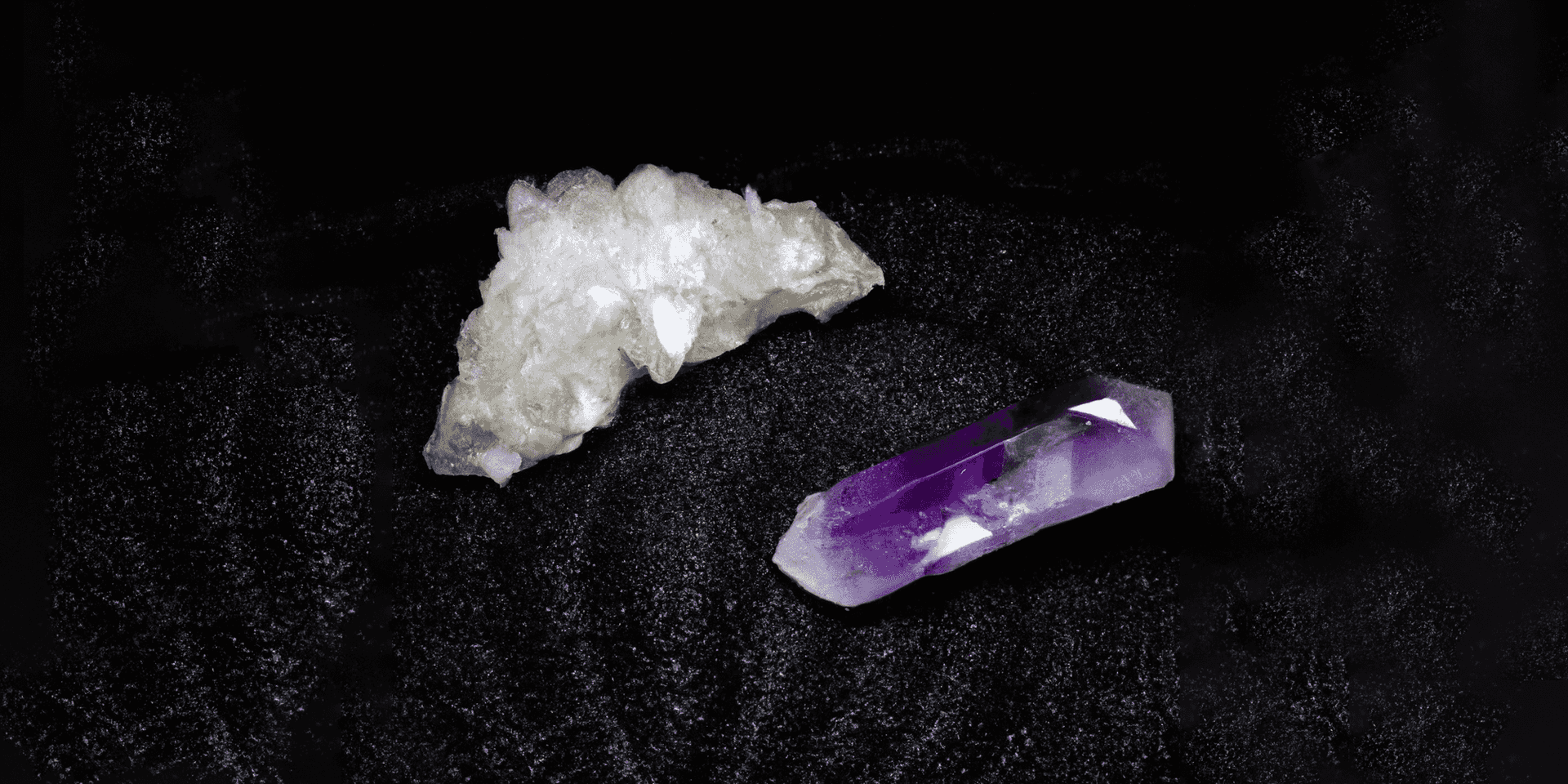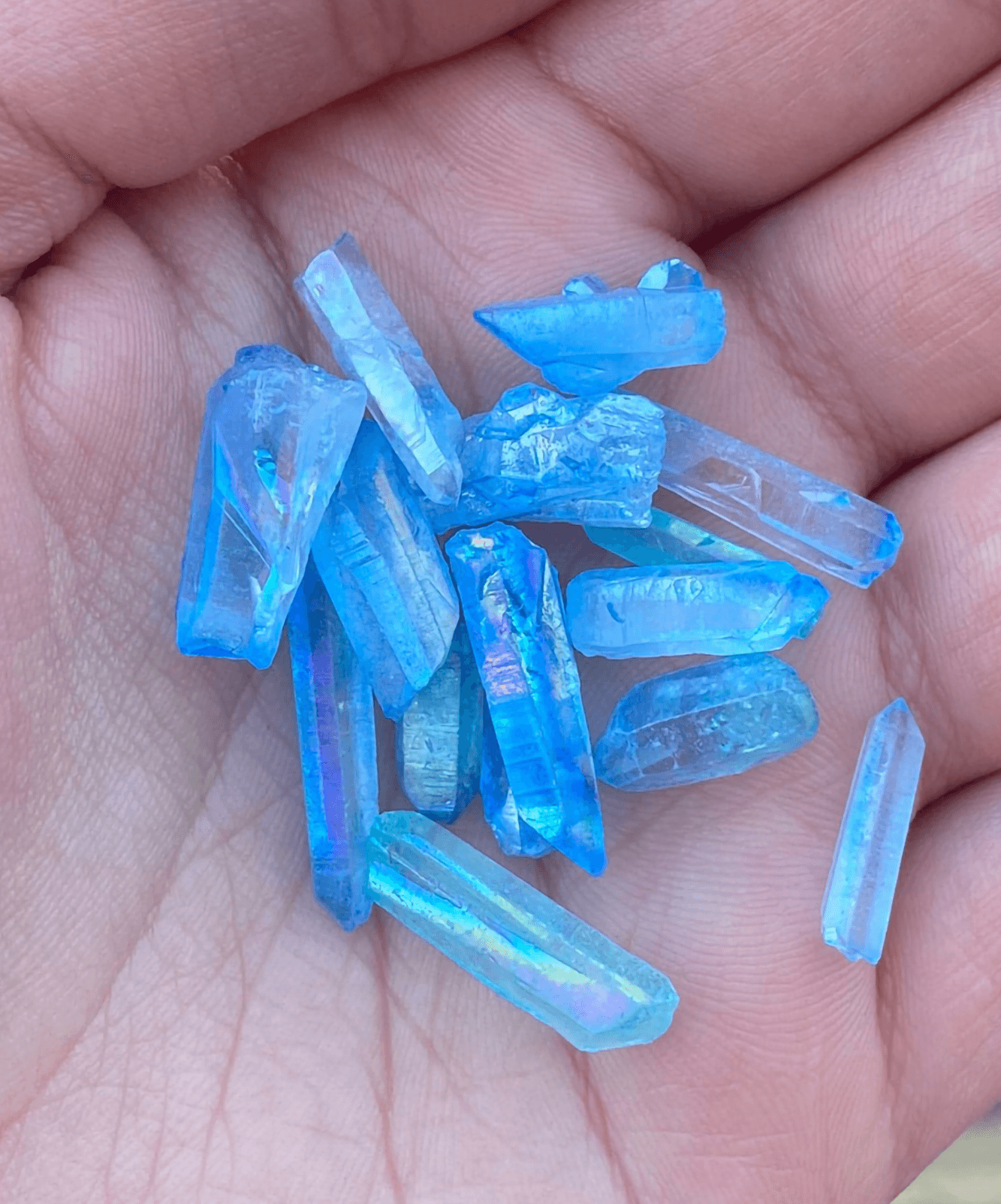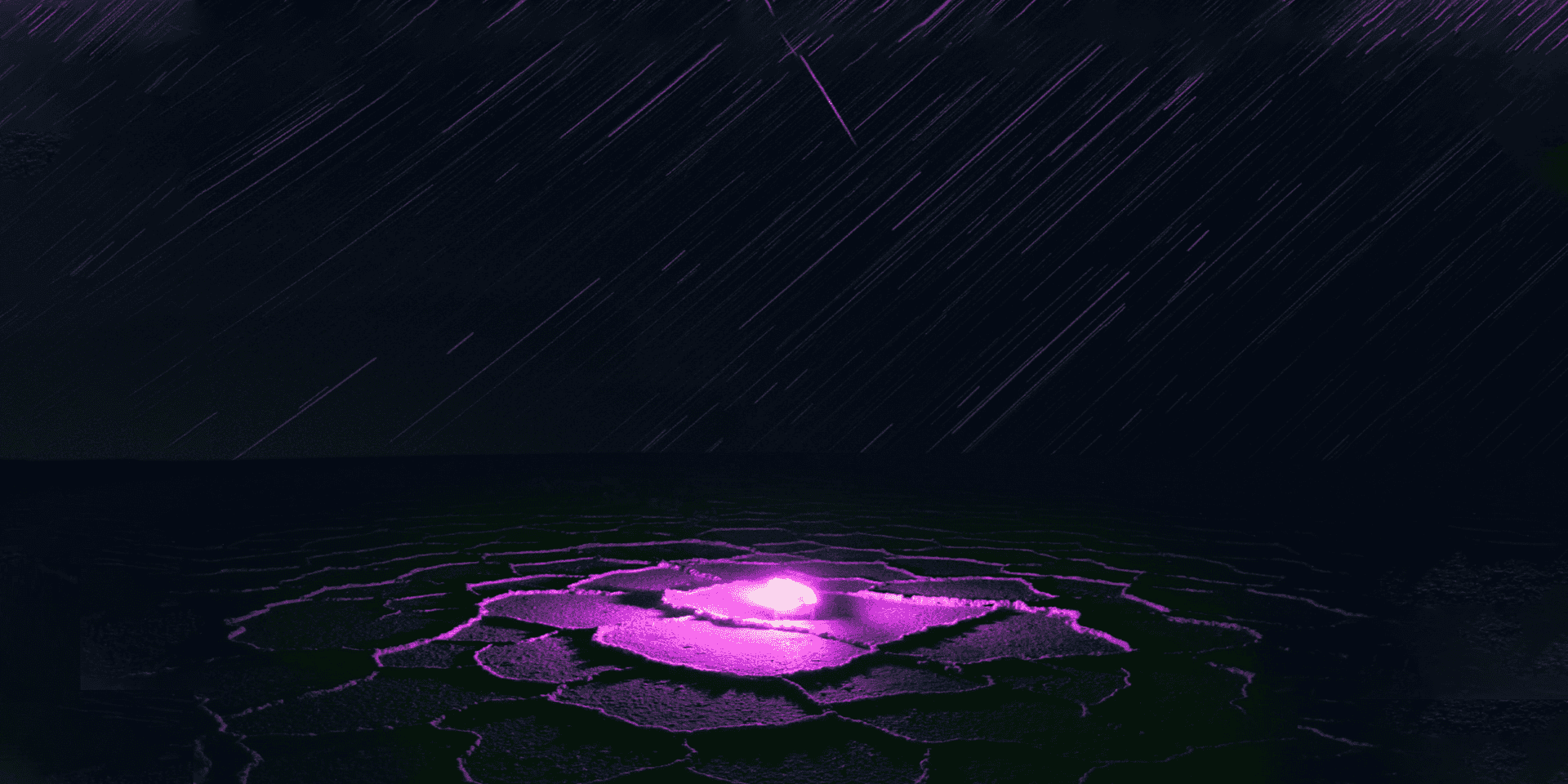
Fishtail Selenite
Fishtail Selenite is a delicate stone with a unique pattern. It's unique pattern might be why it has amazing properties like...
Quick Look:
Crown and Third Eye Chakra
Pure white and translucent
Translucent with with coarse fishtail ribbing
2 / 10 Rarity
Discovered in First documented by Swedish scientist J.G. Wallerius (1709-1785) in his 1747 book Mineralogia
Mined in The most abundant deposits are Mexico. Other sources include Australia, Brazil, Madagascar, Morocco, and the United States.
Chinese name: 魚尾黃玉
What is Fishtail Selenite?
Telling the difference between all the different types of Selenite can be challenging. So let's be clear about what Fishtail Selenite is.
Fishtail Selenite is almost the exact same thing as White Selenite, except that it has a different cluster formation.
This particular cluster formation looks like a fishtail, which is where the name comes from.
Raw Fishtail Selenite is not a different crystal that Raw White Selenite. It's Selenite with a specific cluster formation. That's it.
Although this formation does have some unique properties, we don't want to mislead you into thinking it's different crystal.
Hopefully this disclaimer has helped you understand what Fishtail Selenite is...
and what it isn't.
We also hope the rest of the article helps you understand how to take care of this gorgeous stone.
General Care for Fishtail Selenite
Fishtail Selenite is a part of the mineral gypsum group. The first part of the name comes from it's fishtail structual pattern, while "Selenite" comes from Selene,the goddess of the moon, from Greek mythology.
You might think a stone named after a Greek Goddess would be tough.
You'd be wrong.
Fishtail Selenite is one of the softest minerals in the world.
How soft?
You can use your nails to write on Fishtail Selenite... it's that soft.
So while it won't scratch your other crystals, your other crystals will definitely scratch your Fishtail crystal.
So best to keep em' seperated.
That doesn't mean you should hide your gem though!
If you do it might start looking a bit grey...
That's because it's sad.
Oh, and because it needs to be cleaned!
How To Clean Your Fishtail Selenite Crystal
Here's some bad news... your stone is VERY particular about it's baths.
Due to it's softness, and crystal structure, Fishtail Selenite is very sensitive.
It's not only sensitive to our secret cleaning tool, vinegar, but it's actually sensitive to water!
That's right. Selenite is soluble in water.
It takes 0.5 liters of water to solve 1 gram of gypsum on average.
So, if water can damage our crystal... how do we clean it?
Let's keep it simple:
- Fill a cup of water with distilled water.
- Dip a toothbrush in that water.
- GENTLY scrub down your crystal until the surface has been cleaned.
- Dry your Fishtail Selenite by wiping it down in a uniform direction.
All finished! Any way you clean your piece of Fishtail Selenite will damage it a little bit. No way around it.
But by following the method above you can minimize the harm you do!
Will It Fade?
There are some natural crystals that fade if exposured to direct sunlight for a long period time.
Sodalite is an example of one of these crystals.
But most of the time that crystal fades, it's because the crystal has been treated.
It's actually the treatment that's getting damaged, and not the actual crystal.
If it's natural, Real Fishtail Selenite will not fade in the sun.
Natural Fishtail is already clear and transparent... there's nothing that can fade!
So don't keep it locked inside, let your gemstone soak up the sun!
How to Charge Fishtail Selenite
Due to the sensitivity of this stone, we prefer to charge it using Moonlight.
Not only does Moonlight balance the stone's transpernt color, but it won't scratch it!
A salt bath, or dirt burial might end up doing harm to your crystals exterior.
So wait until a full moon, and then put your spirit stone in direct moonlight for a few hours. Then it's good to go!
Check If Your Fishtail Selenite Is Real
This is normally the part where we break down how to spot fake crystals.
We start by explaining how lead glass is used to make fake gemstones like Sugilite.
Or how resin is passed off as Blue Chalcedony.
Then we explain how to do a Fog Test and a Bubble Test.
But we've gotta stay honest.
I've never so much as heard of someone faking raw or tumbled Fishtail Selenite.
Is it impossible to fake?
No.
But it wouldn't be profitable.
Fishtail Selenite is simply not expensive or rare enough to warrant fakes.
Fishtail Selenite Healing Properties
Fishtail Selenite has a very tight vibration that brings clarity of mind. Clarity is reach by opening the higher chakras and receiving higher guidance.
Real Fishtail Selenite can help anchor the light body to earth's vibration.
It is extremely calming, stabilizing emotions and defusing tension.
This kind of Selenite is a calming stone that instills deep peace and is excellent for meditation or spiritual work.
Selenite in this form is often called Angel's Wing Selenite, as it facilitates angelic contact through the Crown Chakra.
Physically, Fishtail Selenite can provide deep healing for the nerves.
Rarity
Although regular Selenite is extremly common, true Fishtail Selenite is far from it.
There are no caves that reliably produce Fishtail Selenite.
Even the biggest caves, like the Naica Mine the Northern Mexican State of Chihuahua rarely produces Fishtail Selenite.
Although uncommon, the price of Fishtail is not high at all!
Smaller gems of Fishtail Selenite cost around $4 per carat.
Large pieces range from $5 - $20 per carat depending on the size and shape of the crystal.
Shape is a much more signifigant factor in price than size or clarity.





